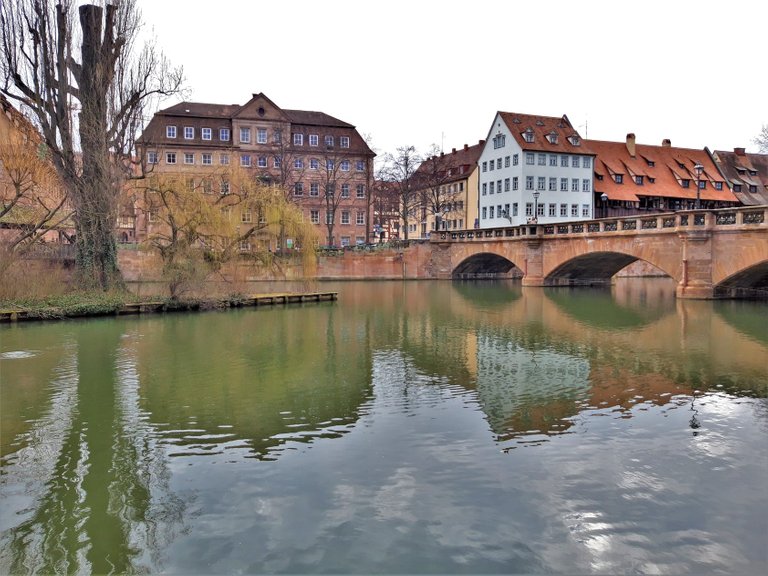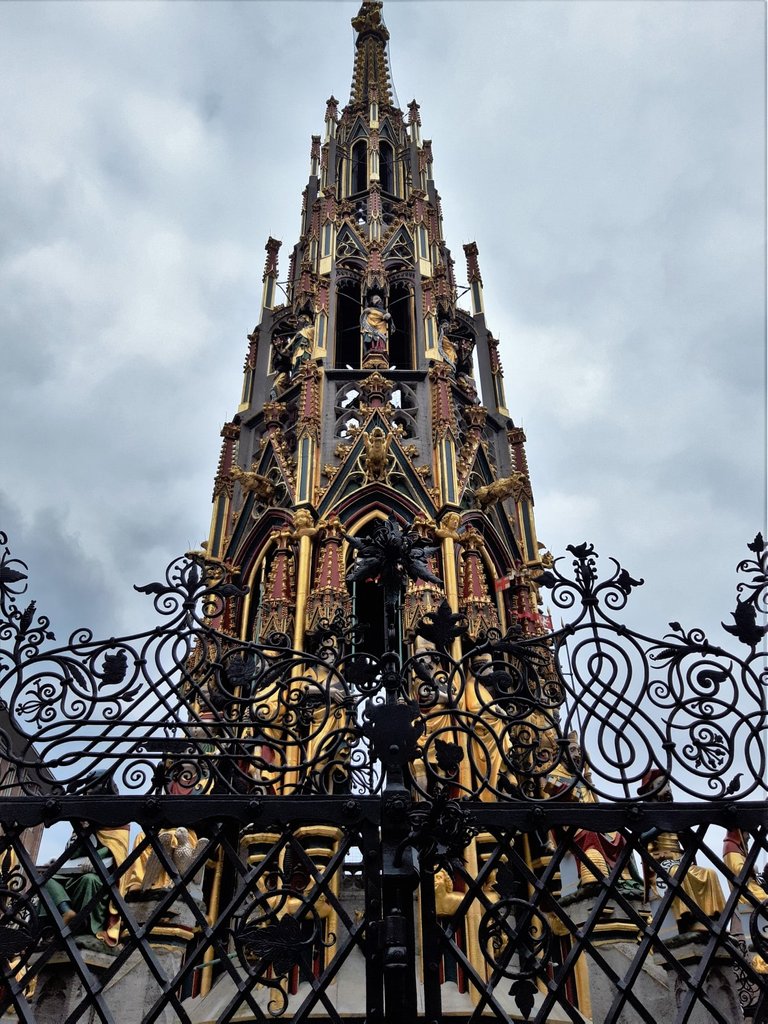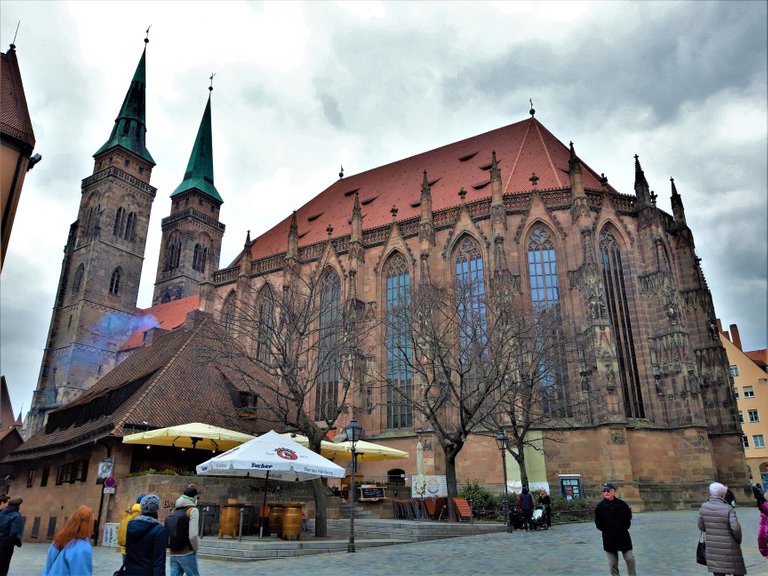Oh, my last post was when there was peace in my home country. I'm sorry I left this exciting business for such a long time. Many different issues needed to be addressed. And so it happened that I accidentally visited Nuremberg. It was extremely helpful for my morale, just to be distracted and not read the news.

So now I will tell you about this city, where I was able to stay for two days and take a walk. Nuremberg is the most German city, a monument of medieval architecture, and the birthplace of Bavarian gingerbread. This is the city of emperors and kings, where amazing places and enchanting landscapes meet at every turn.


Majestic castles, Gothic churches, beautiful fountains, and unique museums, the beauty of which is emphasized by the magnificent landscape, have made Nuremberg popular with tourists from all over the world.


Here you can feel the special atmosphere of old Germany, which is harmoniously intertwined with the young spirit of a modern European city. This is a city that cannot be explored in one day. So I know for sure that I will come back here again.
The first mention of this city dates back to 1021. Rather, it is a mention of the settlement of Grossgrundlach, which later became part of the city. And the name Nuremberg first became known on July 16, 1050, when Conrad's son, Kaiser Henry III the Black, issued a rescript on the liberation of the local girl Sigena from serfdom.


The history of this city is extremely interesting, but I do not have enough free time to delve into it completely. So I'll tell you a few interesting facts that I liked.
- Every year Nuremberg hosts Europe's largest Christmas market.
- Nuremberg is a city of inventors. It was he who gave the world such things as a pocket watch, a globe, a compass, a thimble and a lathe.
- Nuremberg has a "Beautiful Fountain" which depicts forty of Germany's most prominent historical figures.
- Nuremberg is included in the list of the richest and most economically developed cities not only in Germany but throughout Europe.
- The first railway in Germany was opened here in 1835.
- The world's first mass production of sewing needles was established in this city in the 14th century. Prior to this, sewing needles were piece products made by hand.
- In winter, the temperature in Nuremberg can drop to -30 degrees. In the summer, it used to rise to +40. What to do - continental climate.
- Nuremberg is divided by the river Pegnitz into 2 almost equal parts. Each of the sides has its own name, which is received thanks to the names of the largest temples located on the respective sides. The northern part of the city is called the "side of Sebald". Wealthy people lived on this side of the river. The south side of the city is called the “side of Lorenz”, artisans and merchants lived here.














